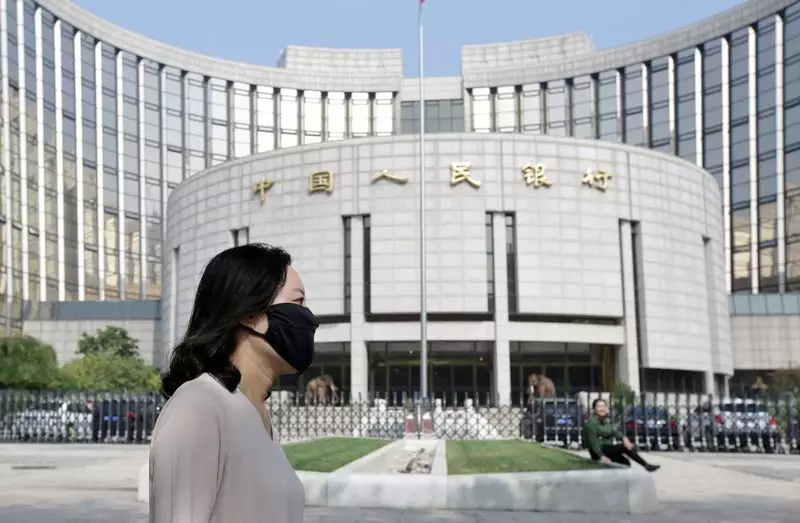As China navigates the complexities of a slowing economy, a series of bold policy decisions have come to the forefront, aiming to invigorate domestic demand and secure stable growth. The latest initiatives, as outlined in a government document, have significant implications for consumers and businesses alike. This article delves into the multifaceted strategies that the Chinese government is implementing to drive economic recovery and mitigate potential external challenges, especially the looming prospect of increased U.S. trade tariffs.
One of the most notable recent moves by the Chinese government is the expansion of its consumer goods trade-in program. This initiative not only encourages people to upgrade their purchases but also stimulates economic activity through increased consumer spending. By providing more substantial subsidies for digital purchases, the government seeks to tap into the tech-savvy consumer base that is increasingly shunning traditional retail methods in favor of online shopping. This strategy aims to prop up a consumer-driven recovery that could bolster various sectors, including electronics, home appliances, and other essential goods.
The Chinese government has also committed to increased fiscal measures to stave off economic stagnation. One particularly ambitious plan involves the issuance of approximately 3 trillion yuan (around $409.19 billion) in special treasury bonds, marking a historical high. This action signifies an urgent response to grow economic resilience amid declining demand both domestically and internationally.
Additionally, setting a budget deficit target of 4% of GDP shows a tactical pivot towards increased state spending, intended to support essential services and infrastructure development. The promise to enhance government workers’ salaries by a substantial one-time payment could infuse fresh capital into the economy, amounting to $12 to $20 billion in immediate economic impact. This financial boost is crucial for stimulating consumer confidence and spending.
In an unprecedented shift, Chinese monetary policy has transitioned from a “prudent” to an “appropriately loose” stance. This adjustment reflects a necessity rather than a choice, breaking an over decade-long approach to financial management. The People’s Bank of China (PBOC) has also enacted a series of aggressive interest rate cuts, aimed at reducing borrowing costs and enhancing liquidity within the financial system. Such changes are particularly pivotal for those striving to navigate the current economic landscape characterized by uncertainties and financial strain.
Furthermore, the central bank is actively implementing initiatives that foster credit availability. By reducing reserve requirements for banks and introducing flexible funding mechanisms, the PBOC aims to ensure that financial institutions have sufficient resources to facilitate lending and investment in the economy.
Recognition of the existing troubles within China’s property market has resulted in targeted tax incentives and an easing of restrictions on home purchases. By providing financial relief to developers and engendering an environment conducive to sales, the government aims to revive a sector that has been under significant pressure. Notably, the relaxation of home purchase restrictions in major cities will likely stimulate demand and residential investment, addressing both sellers and buyers.
Punitive measures such as increasing tariffs could stifle growth, underscoring the urgency for these internal adjustments. By aggressively stabilizing the property sector, the government aims to create a ripple effect, consequently boosting related industries like construction, manufacturing, and services.
While immediate monetary and fiscal measures exhibit the government’s responsiveness to current challenges, there is also a clear indication of a strategic long-term vision for economic resilience. By pondering a potential weakening of the yuan, China preemptively braces for external economic pressures. Such actions showcase a blend of caution and proactive planning.
The comprehensive array of policies emerging from China’s leadership indicates a determined effort to reinvigorate its economy amid both internal struggles and external pressures. From stimulating consumer spending through innovative trade-in programs to providing robust fiscal support mechanisms, the vision is not just about achieving short-term economic growth but ensuring long-term sustainability. As these measures unfold, the emphasis on adaptability and resilience will be crucial in determining China’s economic future in a rapidly changing global landscape.

